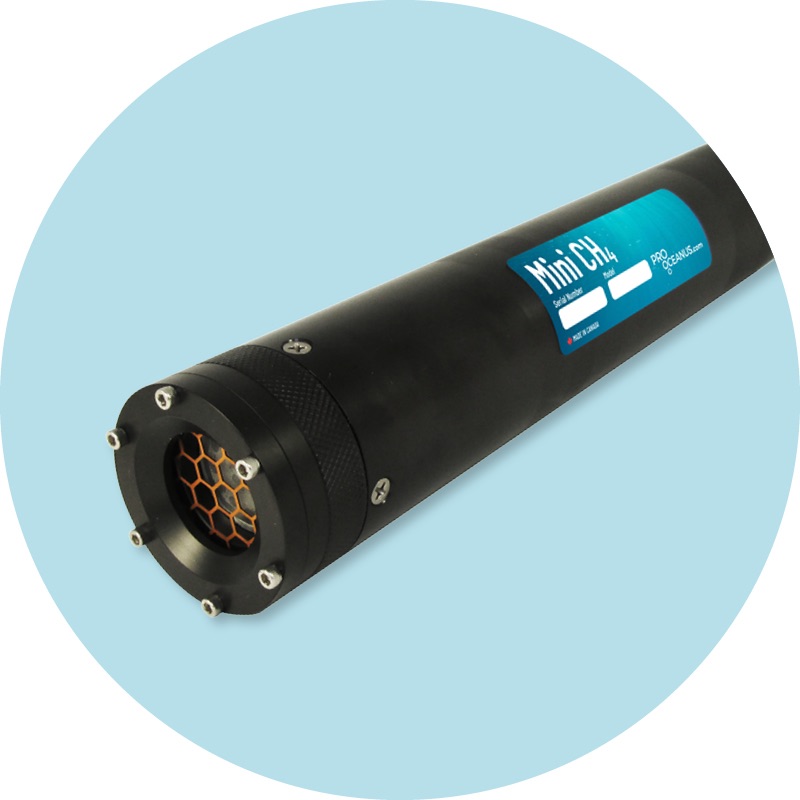Methane, a greenhouse gas roughly 25 times more potent per molecule than carbon dioxide, can be in high concentrations in groundwater because it is often in close proximity to sources isolated from the atmosphere. Background groundwater concentrations of dissolved methane [CH4]g often exceed atmospheric levels, and where thermogenic or anaerobic sources exist, concentrations can be thousands of times higher. Thermogenic CH4, produced through thermal breakdown of organics, is prevalent in areas with coal, oil, and gas fields, while methane produced by anaerobic bacteria typically comes from wetlands, peat bogs and shallow groundwater. Methane is a concern both as a greenhouse gas and from the standpoint of safety, as levels of 5-15% in air are explosive. Baseline measurements and continued monitoring near oil and gas operations and near human water wells is important, especially in locations of fracking and coal gas extraction.
In groundwater aquifers, dissolved CO2 can be monitored to ensure storage of CO2 at great depths for CCS remains in the deep saline aquifers, and is not leaking upwards to the surface. While CO2 soil flux measurements are commonly made for this due to cost and simplicity, there are many factors that contribute to changing soil CO2, making separation of the signal from the noise (all other processes not related to CCS) difficult.
RECOMMENDED PRODUCTS

Mini CH4
Compact in size the Mini CH4 is suited for down-well operations either as a self-contained battery-powered unit, or connected to power at the surface. Depths of 1000 m or more and temperatures of 0 to 40 °C are easily achieved with the Mini CH4.